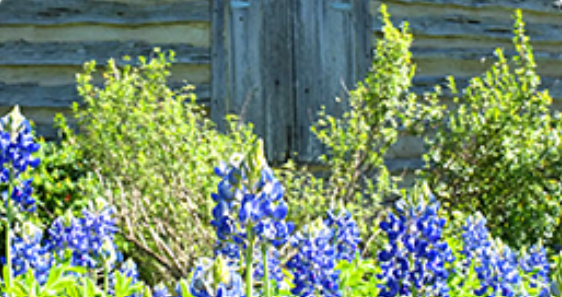Event Series
(See All)
July 27, 2023 @ 9:00 am – 11:00 am
Please join us at the Texas Museum of Handmade Furniture to help maintain the Lindheimer Chapter’s native demonstration garden. Please bring water, closed toe shoes, gloves, and your favorite gardening tools. Contact Craig Bruska at craigbruska@hotmail.com for details and to confirm the workday.

1370 Churchill Drive
New Braunfels, Texas 78130 United States + Google Map 830-629-6504
View Venue Website
New Braunfels, Texas 78130 United States + Google Map 830-629-6504
View Venue Website




